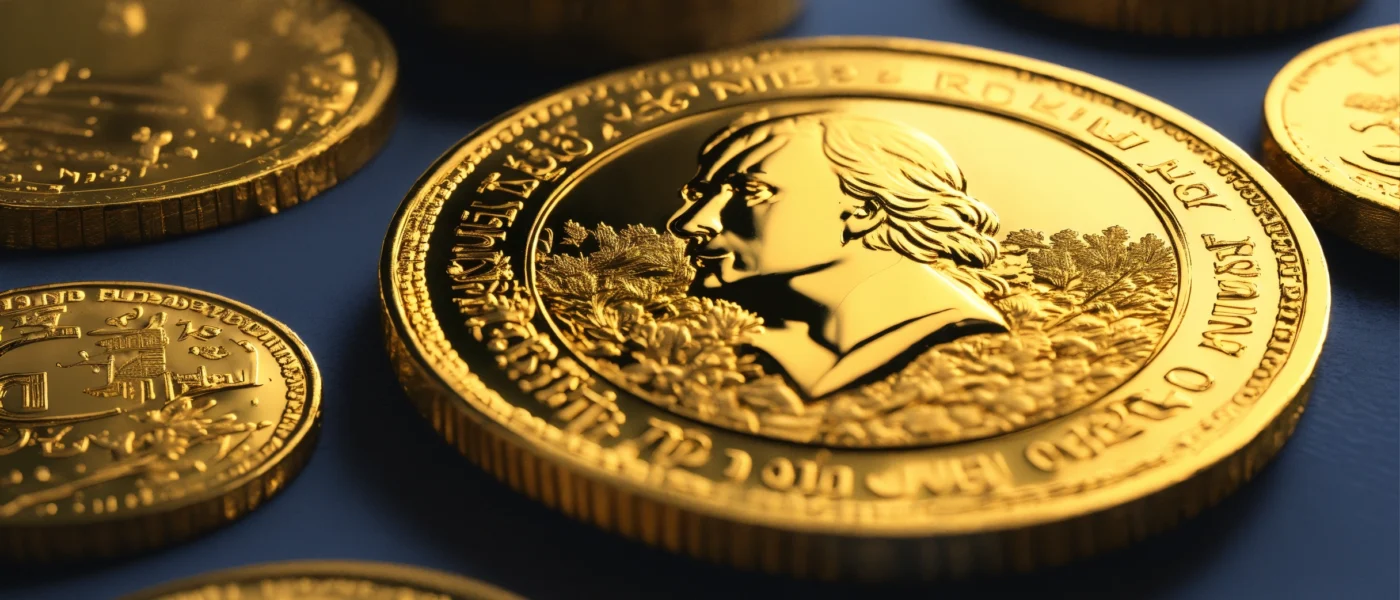When you hear the term wheat penny Value, what comes to mind? For many, it evokes images of old coins, historical intrigue, and perhaps even the thrill of finding a valuable piece of American numismatic history. If you’re a collector or simply curious about these fascinating coins, you’re in the right place. This guide will take you through everything you need to know about wheat penny value , from their historical significance to their value in today’s market.
What Are Wheat Pennies?
Definition and Historical Background
Wheat pennies, also known as wheat cents, are a type of one-cent coin produced by the United States Mint from 1909 to 1958. The coin’s name comes from the reverse side, which features two ears of wheat, a design created by engraver Victor David Brenner.
Design Features
The wheat penny value is distinctive for its design. The obverse (front) features a portrait of Abraham Lincoln, while the reverse showcases two stalks of wheat. The coin’s edge is smooth, without any lettering or reading.
Historical Significance of Wheat Penny Value
Early Years (1909-1930)
The first wheat penny value was minted in 1909 to commemorate the 100th anniversary of Abraham Lincoln’s birth. These early pennies were struck with the initials “V.D.B.” (Victor David Brenner) on the reverse, which were later removed due to public outcry.
The Great Depression Era (1931-1937)
During the Great Depression, the U.S. Mint continued to produce wheat pennies, which became a symbol of hope and resilience for many Americans.
World War II and Beyond (1938-1958)
As World War II progressed, the composition of the wheat penny was altered from 95% copper and 5% tin and zinc to a more durable mix due to metal shortages. The last wheat pennies were minted in 1958 before the transition to the Lincoln Memorial design.
Factors Affecting Wheat Penny Value
Mint Mark
Wheat pennies were minted in several locations, and the mint mark can significantly affect a coin’s value. The major mint marks are:
- Philadelphia (no mint mark)
- Denver (D)
- San Francisco (S)
Coin Condition (Grade)
The condition of a wheat penny value is crucial in determining its value. Coins are graded on a scale from Poor (P) to Mint State (MS). Factors include:
- Wear and Tear
- Surface Quality
- Luster
Rarity
The rarity of a wheat penny value can greatly influence its value. Some years and mint marks are less common, making them more sought after by collectors.
Errors and Variations
Certain wheat pennies have notable errors or variations that can increase their value. These include:
- Double Die Obverse
- Overdates
- Repunched Mint Marks
Read more about: 1944 Wheat Penny Value – Everything You Need to Know
How to Identify Wheat Penny Value
Examine the Date and Mint Mark
Start by looking at the date and mint mark on the coin. Rare years and mint marks are often more valuable.
Check the Coin’s Condition
Use a magnifying glass or jeweller’s loupe to examine the coin’s details. Higher-grade coins fetch higher prices.
Look for Key Varieties
Research key varieties and errors in wheat pennies. Knowledge of these can help you identify valuable coins in your collection.
Where to Buy and Sell Wheat Penny Value
Coin Dealers and Shops
Professional coin dealers and shops are a reliable place to buy or sell wheat pennies. They offer expertise and a fair market price.
Online Marketplaces
Platforms like eBay and Heritage Auctions are popular for buying and selling wheat pennies. Be sure to check seller ratings and coin authenticity.
Coin Shows
Attending coin shows is a great way to connect with other collectors and dealers, and to find rare and valuable wheat pennies.
Preserving Your Wheat Penny Collection
Proper Storage
Store wheat pennies in a cool, dry place. Use coin holders, such as holders or slabs, to protect them from physical damage and environmental factors.
Cleaning and Maintenance
Avoid cleaning wheat pennies with abrasive materials. If necessary, use a soft cloth and a mild cleaning solution. For significant restoration, seek professional help.
Conclusion
Collecting wheat penny Value can be a rewarding hobby, combining historical interest with the potential for valuable finds. Whether you’re a seasoned collector or just starting, understanding the factors that affect a wheat penny value will help you build a meaningful and valuable collection. Remember to research and handle your coins with care to ensure their longevity and value.
FAQs About Wheat Penny Value
1. What is the most valuable wheat penny?
The 1909-S V.D.B. The wheat penny is considered one of the most valuable, with some selling for thousands of dollars in high grades.
2. How can I tell if my wheat penny is a rare variety?
Look for specific date and mint mark combinations, as well as known error types. Consulting a price guide or a professional can also help.
3. Are there any common mistakes to avoid when collecting wheat pennies?
Avoid cleaning coins yourself, as this can damage them. Also, be cautious of counterfeit coins and always buy from reputable sources.
4. How can I find the value of my wheat penny?
You can use online price guides, consult with coin dealers, or attend coin shows to get an estimate of your coin’s value.
5. Can I find valuable wheat pennies in circulation today?
While it’s rare, it’s possible to find valuable wheat pennies in change, especially if you’re diligent and know what to look for.




